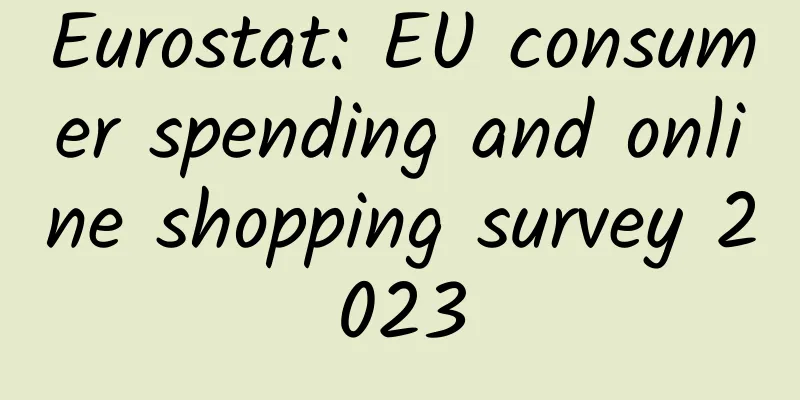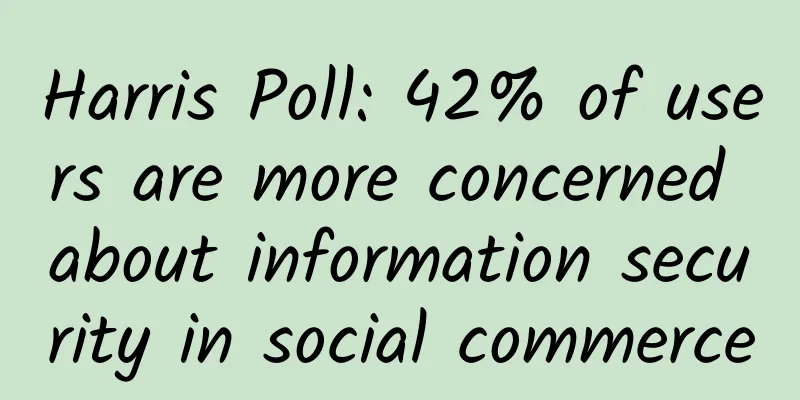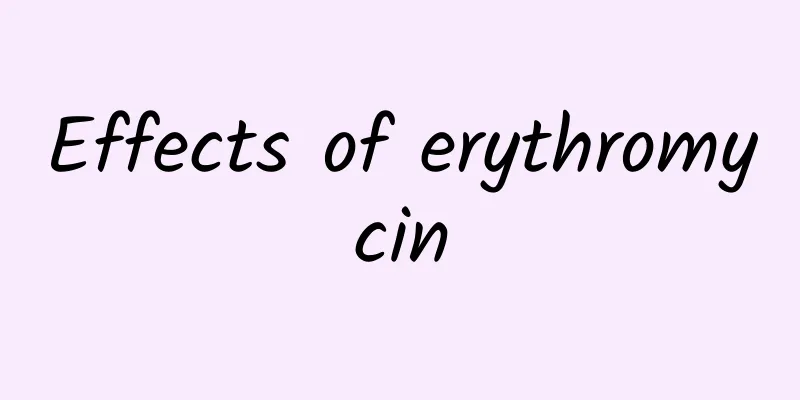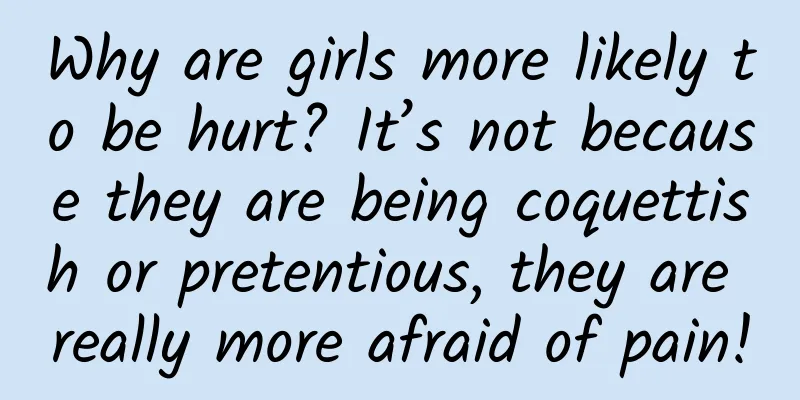Eurostat: EU consumer spending and online shopping survey 2023

|
Final consumption expenditure of EU households, adjusted for inflation, rises slightly by 0.5% in 2023. By comparison, it is 5.7% higher in 2022 than in 2021, when COVID-19 restrictions were still in place. Last year, the largest increase in household consumption expenditure was in catering, accommodation and services (+4.6%), followed by transportation (+4.3%) and entertainment, sports and culture (+3.0%). Since 2021, household consumption expenditure on catering, accommodation and services and entertainment, sports and culture has increased significantly, up 41.3% and 23.5% respectively. On the other hand, furniture, household equipment and routine household maintenance will see the largest decrease in 2023 (-4.9%), followed by food and non-alcoholic beverages (-3.7%), and alcoholic beverages, tobacco and narcotics (-2.2%). In 2023, 58.1% of people aged 16-74 in the EU reported that they had purchased or ordered goods or services via the internet in the 3 months prior to the survey. In contrast, Bulgaria, Greece, Italy, Lithuania, Portugal, Romania, Slovenia, Croatia (national data), Cyprus and Latvia all have a lower share of their population using e-commerce than the EU average. In 2023, at least 80.0% of people aged 16-74 have bought or ordered goods or services for private use online in 21 regions: 11 regions in the Netherlands, 4 regions in Sweden, 3 regions in Denmark, followed by 2 regions in Ireland and 1 region in the Czech Republic. The top three regions with the highest percentage of people buying or ordering goods or services via the internet are all located in the Netherlands in Utrecht (87.8%), North Holland (86.4%) and Upper Holland (85.9%). By contrast, there are 20 EU regions where less than 35% of the population will have purchased or ordered goods or services via the internet in 2023: six regions in Romania, five in Italy and Bulgaria, three in the outermost regions of France and one in Poland. Finally, there are only two regions where less than one in five people use e-commerce - Bulgaria's Yugoslavia region (19.8%) and France's outermost region of Guadeloupe (18.7%). |
>>: McKinsey: Fashion 2025 Report
Recommend
The efficacy and function of red mulberry
Friends who don’t know about the red mulberry lea...
"It's so hot it's killing people" is no joke! Especially in this case, the mortality rate is extremely high!
Yesterday morning, Hangzhou issued the first red ...
The efficacy and function of lotus seeds
In ancient China, lotus was a very holy plant, wi...
The efficacy and function of Euryale
Euterpe is a common Chinese medicine with many di...
A short-sighted geek buys breakfast and can "calculate" the price without even looking at the price list! ?
Many students feel confused and painful when they...
Can motherwort and new biochemical granules be taken together?
I don’t know if you have heard of the New Chemica...
Tumor "natural killer"! New progress in NK cell research at USTC
Natural Killer (NK) cells are important members o...
The efficacy and function of Sophora japonica bark
After thousands of years of sedimentation and acc...
A straightforward boy who loves insects has become a "popular science expert" in 60 years
On December 21, 1823, a boy was born in a poor fa...
There will be a vaccine for acne! How to eat to avoid acne? 5 suggestions are sorted out for you
Recently, #Pimple vaccine# has become a hot topic...
The efficacy and function of Yuzhou Lophatherum
I wonder if you have heard of Yuzhou Loulu. Yuzho...
The efficacy and function of the root of wild jay
Modern medical research believes that the roots o...
Why do we fall asleep at night and wake up in the morning?
In temperate zones, or in low-latitude areas, in ...
Today is the beginning of spring. Spring begins, and all seasons are peaceful.
"Colorful lights shine together, and the joy...
Is it effective to drink Chinese medicine angelica in water?
There are many types of Chinese medicinal materia...









